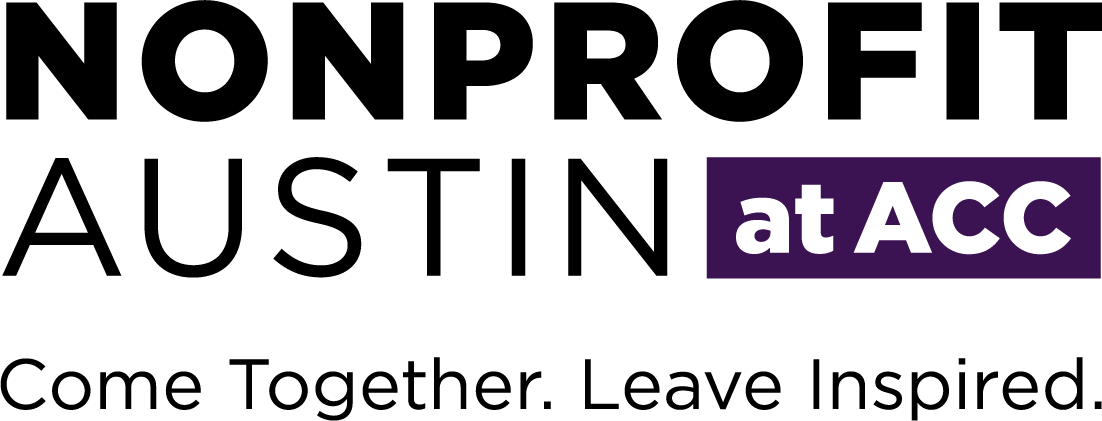
Transparency and Accountability
Nonprofits have a legal and ethical obligation to their constituents and the public to conduct their activities with accountability and transparency. Nonprofits should regularly and openly convey information to the public about their mission, activities, finances, accomplishments and decision-making processes. Information from a nonprofit organization should be easily accessible to the public. It should establish external visibility and build public understanding and trust in the organization.
Accountability
1. A nonprofit must comply with all legally required reporting procedures, including filing the IRS Form 990 and annu![]() al reports with the Texas Secretary of State – sos.state.tx.us – and Texas Comptroller of Public Accounts – https://www.window.state.tx.us/.
al reports with the Texas Secretary of State – sos.state.tx.us – and Texas Comptroller of Public Accounts – https://www.window.state.tx.us/.
2. A nonprofit has an obligation to responsibly use its resources to- ward its mission and to benefit the The organization’s board should approve its financial audits; the executive director and the principal financial manager should attest to the audit’s findings.
3. A nonprofit has a responsibility to establish clear performance measurements, compare results with other organizations when possible and share these results and methodology with its constituents.
4. Each nonprofit has a responsibility to adhere to the established industry and regulatory standards that apply to its particular activity area.
Accessibility and Public Input
5. Boards of directors should make information available to the organization’s constituents that describes the board’s decisions and decision-making processes.
6. A nonprofit should provide its constituents with ongoing opportunities to interact with the organization’s leadership about its activities and be responsive to raised concerns.
Public Information
7. A nonprofit should produce an annual report (either printed or electronic) that contains information on its activities and performance. The annual report should include:
- an explanation of the organization’s mission, activities, results and impact;
- information on how individuals can access its programs and services;
- financial information, including income and expense statement, balance sheet and functional expense allocation; and
- a list of board members, management, staff and contributors.
8. Each nonprofit organization must make certain data available to the public, including: ![]()
- IRS Form 990 for the previous three years, including clear statements of program service accomplishments in Part III; and
- IRS Form 1023, Application for Recognition of Exemption.
- A nonprofit should provide multiple ways for constituents to request information or provide input.
Fairness and Equity Practices
9. Nonprofits should ensure nondiscriminatory service to their constituents in accordance with state and federal law. ![]()
10. Nonprofits should disclose how constituent information will be used and ensure that the organization complies with an individual’s expressed confidentiality and privacy preferences.
11. Information regarding fees and services should be made readily available to the public, including available discounts and scholarships. When charging for services, nonprofits have an obligation to set fair prices and seek ways to accommodate an individual’s ability to pay, keeping in mind the need to balance the organization’s revenue and expenses.
Note to Readers: Please be aware that certain words have particular meanings in this document.
 “Must” is used to describe practices required by stake or federal law, and is noted with a gavel symbol and highlighted in red.
“Must” is used to describe practices required by stake or federal law, and is noted with a gavel symbol and highlighted in red.- “Should” is used to describe highly recommended practices.
- “Constituents” describes people with a stake in the success of the organization and may include members, neighbors, clients, volunteers and contributors.

